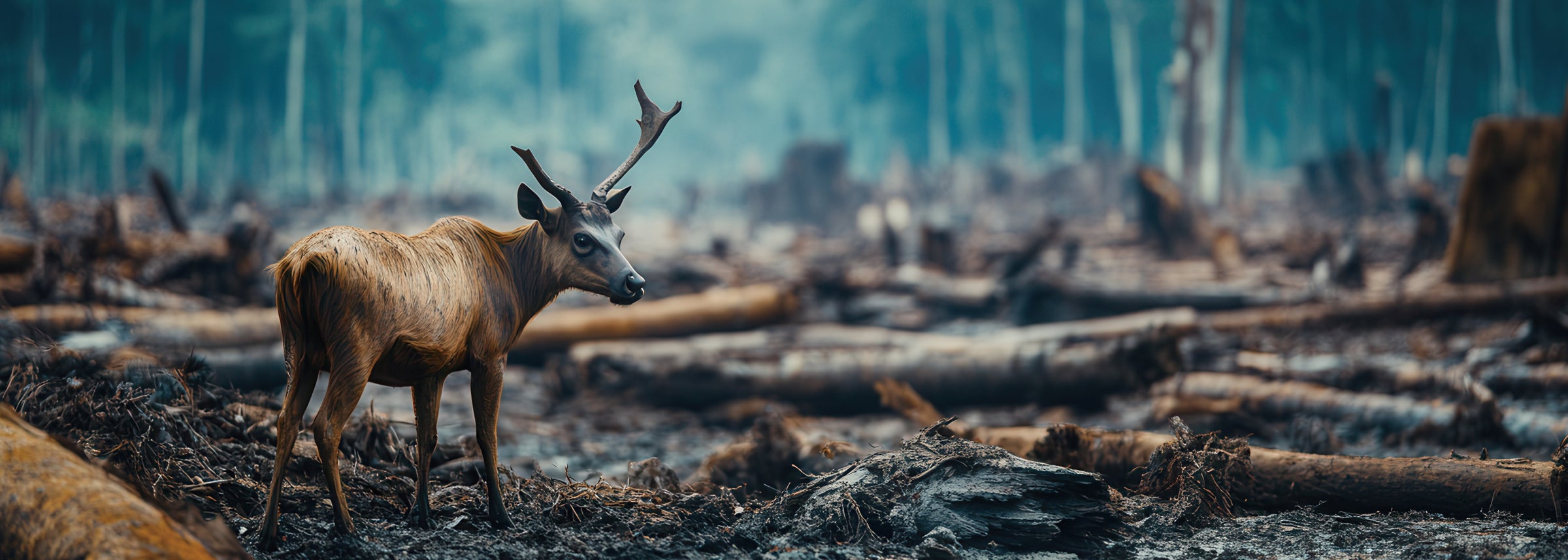A Collective Responsibility for a Thriving Planet
Wildlife is essential to maintaining the delicate balance of ecosystems that sustain life on Earth. From the pollinators that help grow our food to the predators that keep prey populations in check, every species plays a role in maintaining ecological harmony. However, the world is facing an unprecedented biodiversity crisis. The United Nations reports that over 1 million species are at risk of extinction due to habitat loss, climate change, pollution, and poaching. Protecting wildlife is not just a moral obligation but also a necessity for the health of our planet and future generations.
The Importance of Wildlife Conservation
Wildlife supports critical ecosystems that provide clean air, fresh water, fertile soil, and carbon storage. For instance, forests—home to countless species—absorb up to 2.6 billion tons of carbon dioxide annually, helping to mitigate climate change. Oceans, teeming with marine life, regulate the Earth's temperature and produce 50% of the oxygen we breathe.
When species vanish, the balance of these ecosystems is disrupted, leading to consequences like desertification, loss of arable land, and increased vulnerability to natural disasters. Preserving biodiversity ensures that ecosystems remain resilient and capable of adapting to environmental changes.
Threats to Wildlife
The threats to wildlife are numerous and interlinked:
- Habitat Destruction: Deforestation, urban expansion, and agricultural activities are the leading causes of habitat loss, displacing countless species.
- Climate Change: Rising temperatures and changing weather patterns disrupt migration, breeding, and food availability for many species.
- Pollution: Plastics in oceans, chemical runoff in rivers, and air pollution endanger wildlife and their habitats.
- Illegal Wildlife Trade: The demand for exotic pets, ivory, and traditional medicines drives poaching and trafficking, pushing species closer to extinction.
Simple Steps Toward Wildlife Protection
Protecting wildlife may seem like a monumental task, but every small action counts. Here are some ways we can contribute:
- Support Habitat Restoration: Planting trees, protecting wetlands, and maintaining green spaces help provide homes for displaced species.
- Reduce, Reuse, Recycle: Minimizing waste and reducing pollution have direct benefits for wildlife and their habitats.
- Choose Sustainable Products: Opt for products made with environmentally responsible materials, such as bamboo-based tissues, which help reduce deforestation and preserve natural habitats.
- Raise Awareness: Educating others about the importance of wildlife protection inspires collective action.
The Subtle Impact of Choosing Bamboo
While it may not seem directly related to wildlife conservation, choosing products made from bamboo can significantly reduce the environmental pressures driving habitat loss. Bamboo grows rapidly without the need for chemical fertilizers or pesticides. Its cultivation requires less water compared to traditional hardwood trees, making it an eco-friendly resource. Additionally, bamboo plantations can rehabilitate degraded lands, providing habitats for native wildlife.
By using bamboo-based products, such as bamboo pulp tissues, consumers support a sustainable industry that minimizes deforestation—a key driver of habitat destruction. This simple choice helps maintain forests that are home to a diverse range of species, from birds and insects to larger mammals.
How Bambio Contributes to Wildlife Protection
At Bambio, we understand the importance of preserving nature and wildlife. Our bamboo pulp products are designed with sustainability in mind, providing eco-friendly alternatives to traditional paper products. By reducing reliance on tree-based resources, we aim to protect forests—the lifeline for countless species.
Choosing our products is more than a lifestyle decision; it’s a step toward a greener, more sustainable future. Every roll of bamboo pulp tissue represents a commitment to reducing habitat destruction and conserving biodiversity.
A Call to Action
Wildlife protection requires collective effort. Governments, organizations, and individuals all have a role to play in safeguarding our planet's biodiversity. Whether it’s supporting conservation projects, making sustainable purchasing choices, or advocating for stronger environmental policies, every action contributes to a healthier planet.





